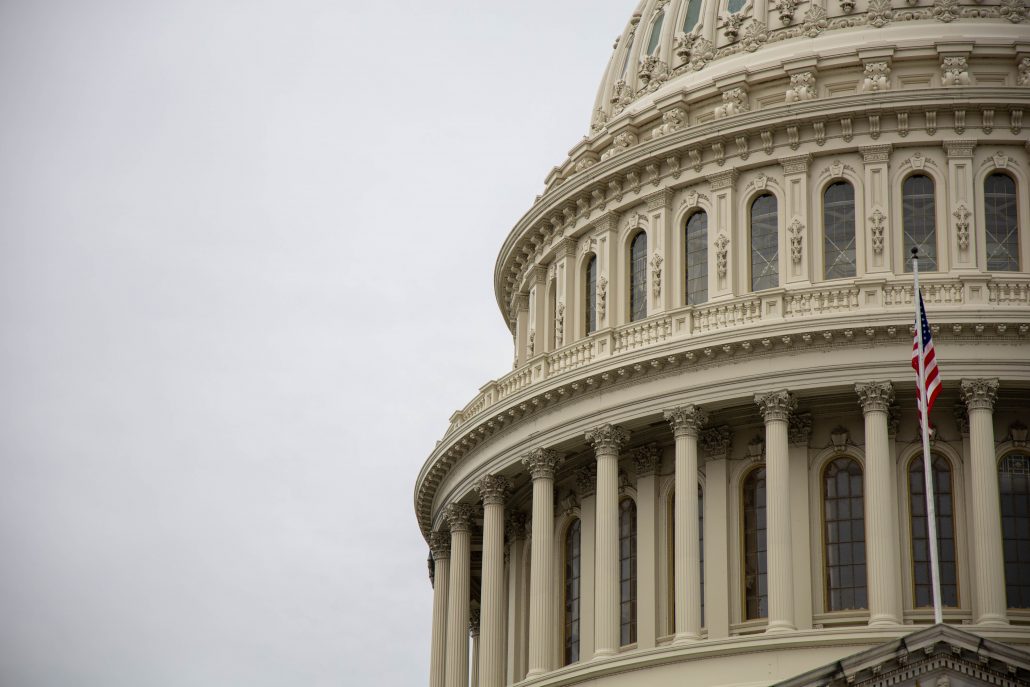What is Impeachment?
Continuing our “Cornerstone on the Constitution” series, we have received a number of requests to answer, “What is impeachment? How does it work? What are the results of the impeachment process?” Although impeachment is one of the hottest political topics in America right now, it is relatively misunderstood.
Impeachment is authorized in the Constitution for all officers of the government of the executive and judicial branches. While the House and Senate retain the power to expel their own members by a vote of their own house, the members of the executive and judicial branches have to be removed by the specific process of a majority vote in the House and two-thirds majority in the Senate. This is done to protect the independence of the executive and judiciary from the legislative branch.
Background

It may be hard to believe, but at the founding of the country, the founding fathers were mostly concerned about the potential for abusive power in the legislative branch. They believed that Congress would attempt to arrogate all power to itself and rule the country without the input of the other two branches.
Indeed, Congress is the most powerful branch in the Constitutional frame of government. Congress can limit the president’s salary, define his authority over foreign affairs to a large degree, fire all of his staff and even auction off the White House if they so choose! Accordingly, it’s not surprising that Congress also retains the power to impeach the president if they believe that the president is abusing his power.
Cause for Impeachment
The Constitution allows impeachment of the president in the case of “high crimes and misdemeanors.” Despite the best efforts of historians and legal scholars, this phrase remains largely undefined. It certainly seems to imply that an actual crime must have been committed, but the debates in the Constitutional Convention about the phrase suggest that it was meant to be a check on an abuse of political power even if it were not necessarily able to be defined as a crime.
The use of the word “high” in response to these crimes strongly supports the argument that these are meant to be more than “minor” crimes that are the subject of an indictment. Simply put, if the president is caught jay-walking, that is probably not going to be legitimate grounds for impeachment.
However, the situation is somewhat complicated by the fact that the Supreme Court has ruled that federal courts may not interfere with the process of impeachment. Put more simply, they have determined that it is a “political question” that is left to the legislative branch and the legislative branch alone to determine. Accordingly, there is no right of appeal from the removal from impeachment, and it is permanent.
Impeachment Myths
So, let’s tackle a couple of common myths about impeachment.
- First, impeachment is not removal from office. Think of impeachment as formal charges being brought against the president of the United States by the House. A group of “prosecutors” from the House are selected to bring the case against the president, and the Senate is the jury.
The Chief Justice acts as the judge in any trial would act—ruling on the admissibility of evidence and keeping order in the Senate chamber. This is the only time that a judicial official is constitutionally mandated (or permitted) to preside over any proceeding in any other branch of the government. - No, impeaching a President doesn’t mean he is ineligible to be President again. Conversely, it also doesn’t mean he can run for a third term. And impeachment does not remove the president—it only sets up his trial in the Senate. Our two previously-impeached presidents were not removed from office and served out their term in the White House.
No one can say for sure how this impeachment process will end up, but we hope this overview helps you understand this very important constitutional process!



